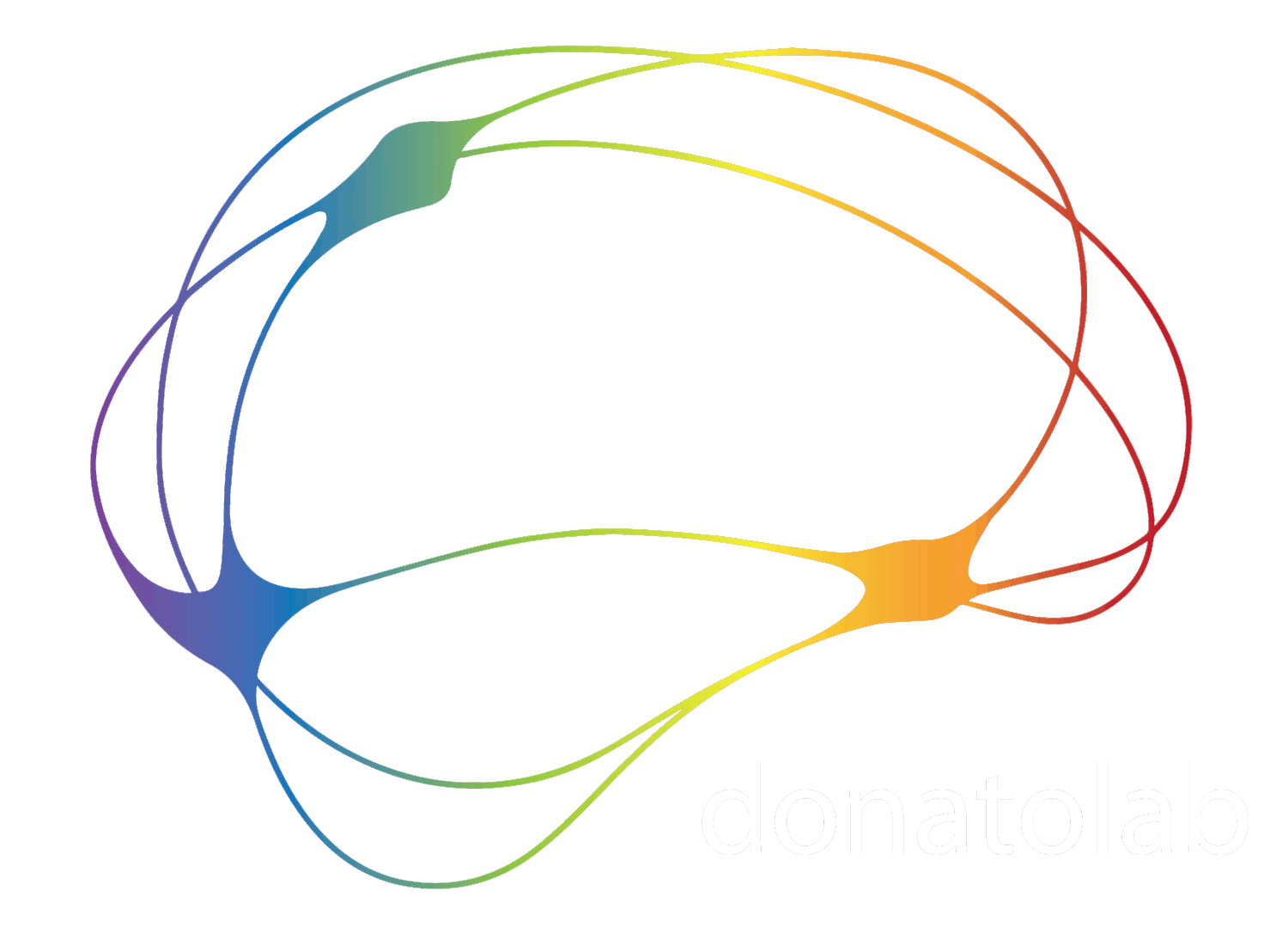Investigating the ontogeny of cognition
The Ontogeny of Space
From the moment we walk to the kitchen for our morning coffee, to the moment we go to sleep at night, we constantly navigate the world around us. To do so, we rely on the coordinated action of multiple cell types, whose activity is tuned to specific features of the environment (specific locations or presence of landmarks), or aspects of navigation (head direction or speed). Thanks to these neurons, we are able to create in our brain an internal map of the world around us, which allow us to plan and carry out complex trajectories – and sometimes, shortcuts – to reach our destinations. Babies – human and rodents alike – are born with a primitive sense of where they are in space, and develop the ability to navigate this space as their brains matures. During this process, specific populations of neurons located at multiple locations in the entorhinal-hippocampal circuit interact with each other to drive the assembly of our brain positioning system. How does this interaction favor the emergence of cognitive maps in the infant brain? How much of these maps is prewired into hippocampal circuits?
In the lab, we study how infant and adult mice navigate through real-world and virtual-reality mazes, in order to understand how preconfigured computational units and early network dynamics shape the architecture of the network that produce spatially-modulated firing.
The Ontogeny of Memory
The experiences we make during infancy can stick with us for a lifetime, and influence our behaviour as adults. But for most of us, remembering what happened before the age of three is a hard task. This is a paradox: how can early-life memories have such long-lasting effects on our mind if we can’t remember them? What is the neural substrate of early-life memories, and what is their destiny once they are forgotten?
In the lab, we engage infant mice in a large number of behavioural tasks to study how early-life memories are produced in the developing brain. By studying how a dynamic neural network creates and stores episodic memories, our aim is to understand how the events that happen during the assembly of neural circuits affect cognitive functions later in life.


